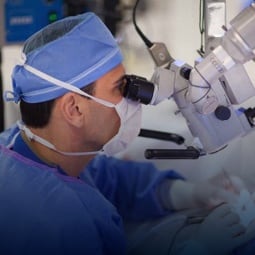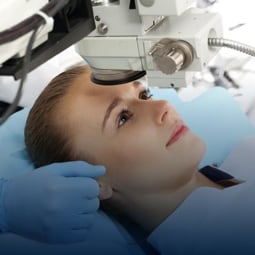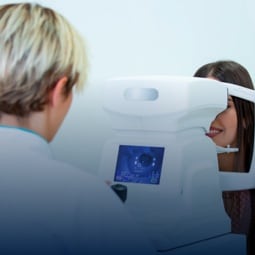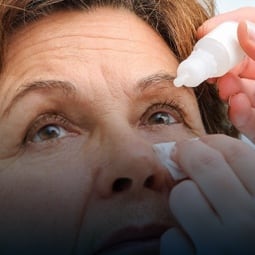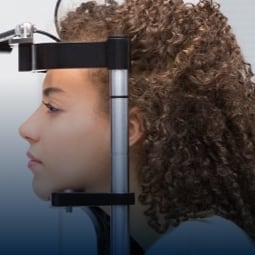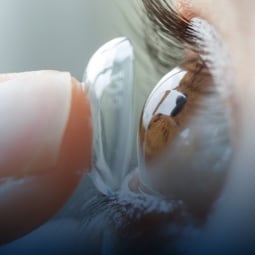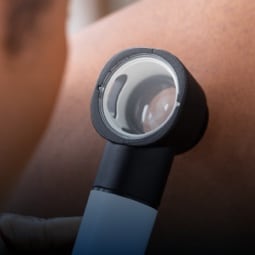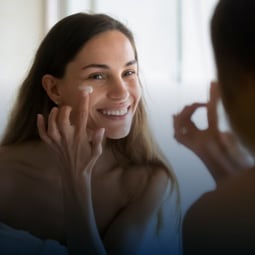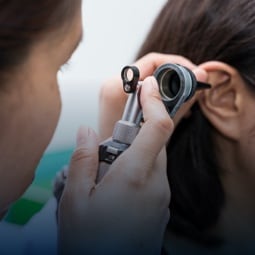
Prioritize Cornea Care: Your Cornea Is Vital for Protecting Your Eyes
The cornea is the clear, outermost tissue of the eye. It functions like a window, allowing light to enter the eye and helping focus images on the retina.
The cornea must remain healthy and clear to function at its best. At Center For Sight, we can help care for your cornea. Visit one of our locations for an eye exam, and our team of nationally-regarded doctors can diagnose any problems before recommending treatments suited for your vision needs.
Dr. Joaquin De Rojas is a board-certified ophthalmologist who is a fellowship-trained cataract, refractive, and corneal surgeon. He earned his medical degree from the Perelman School of Medicine at the University of Pennsylvania.
He completed his surgical internship and ophthalmology residency training at Columbia University Medical Center, where he was Chief Surgical Resident, followed by a Cornea, External Diseases, and Refractive Surgery fellowship at the Johns Hopkins Wilmer Eye Institute.
Dr. Priya Mathews is a board-certified ophthalmologist who is a fellowship-trained cataract, refractive, and corneal surgeon. She received her Medical Degree from Johns Hopkins University, and also earned her Master’s in Public Health with a concentration in epidemiology and biostatistics.
Dr. Mathews specializes in cataract, cornea, and refractive surgery. She is an expert in the diagnosis and management of cornea and external diseases, including Keratoconus, Fuchs’ Dystrophy, autoimmune diseases, and severe dry eye disease.
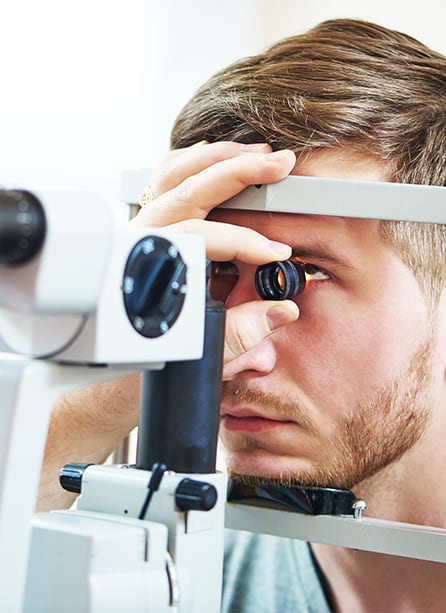

The Importance of the Cornea
Your cornea plays several important roles related to your eye health and vision. The essential functions of your cornea include:
- Protecting the structures inside the eye
- Contributing to the refractive power of the eye
- Focusing light rays on the retina
Issues can arise when the cornea is affected by injury, disease, or other conditions. Depending on the damage to the cornea, one of our specialists can recommend a suitable treatment plan.
Cornea Conditions
Many conditions can affect the cornea, ranging from dry eyes to significant diseases. A swollen or scarred cornea can make it difficult to see, causing cloudy or distorted vision. At Center For Sight, we have some of the best board-certified corneal surgeons, helping us provide the most advanced cornea care in Southwest Florida.
Fuchs’ Dystrophy
Fuchs’ dystrophy is a disease where the cells in the corneal layer called the endothelium gradually die. These cells help remove fluid from the cornea to keep it clear, but the cornea may swell once the cells have died. Fluid builds up, leading to cloudy or hazy vision.
Keratoconus
Keratoconus is an eye condition where the typically round, dome-shaped cornea progressively thins and weakens with time. This progression causes the development of a cone-like bulge and optical irregularity of the cornea, leading to significant visual impairment.
Cornea Treatments
Depending on your condition and the damage to your cornea, our specialists can recommend several treatment options. These treatments can help restore your vision and protect your eye health.
Corneal Transplantation
A corneal transplant may be ideal when a cornea is beyond repair or healing. It involves replacing a damaged or diseased cornea with a clear, healthy cornea from a donor.
There are 2 types of corneal transplantation: full and partial thickness. A partial-thickness transplant involves replacing portions of a damaged cornea, while a full-thickness transplant replaces the entire cornea. The IntraLase femtosecond laser used at Center For Sight allows us to perform surgeries accurately and safely.
Corneal Cross-Linking
Corneal cross-linking is a minimally invasive procedure to treat keratoconus and corneal ectasia. Patients receive specialized eye drops before looking into an ultraviolet (UV) light. The UV light triggers the medicated eye drops, causing the linking of collagen fibers to strengthen the cornea.
Fuchs’ Dystrophy Treatment
Some treatments are specific to Fuchs’ dystrophy, such as DSAEK (Descemet’s stripping automated endothelial keratoplasty) transplant. This procedure is a partial-thickness transplant that only replaces the diseased posterior layer of the cornea.
Another procedure is DMEK (Descemet membrane endothelial keratoplasty), a form of partial-thickness corneal transplantation. This technique offers the highest quality of vision and faster recovery time.
Protect the Structures of Your Eyes
Certain conditions can damage your cornea and affect your eyesight if left untreated. Your cornea is essential for vision, and so are the other structures of your eye.
At Center For Sight, our eye care physicians can help protect your vision. Visit one of our locations for your eye health needs.

Our Locations
See Our Google Reviews

News
Common Causes For Itchy Eyes and How To Treat Them
Eye CareEye irritation is not a major cause for concern. However, it’s a very uncomfortable and common complaint that affects people of all ages. Scratchy eyes can disrupt your daily life, whether it’s a fleeting itch or a persistent discomfort. The reasons behind itchy eyes vary widely—some are trivial, while others could signal something more concerning. […]
Read More… from Common Causes For Itchy Eyes and How To Treat Them
Protecting Your Vision During the Solar Eclipse: Understanding Solar Retinopathy
News & UpdatesWith the excitement surrounding the upcoming solar eclipse, it’s essential to prioritize eye safety to prevent potential vision damage. Dr. Tanuj Banker, Retina Specialist at Center For Sight, sheds some light on a crucial concern related to eclipses: solar retinopathy. Solar retinopathy occurs when the sun’s harmful ultraviolet (UV) radiation damages the retina—a delicate tissue […]
Read More… from Protecting Your Vision During the Solar Eclipse: Understanding Solar Retinopathy
Center For Sight Implants New FDA-Approved iDose®TR Device
Eye SurgerySARASOTA, Fla. (MARCH 26, 2024) – Center For Sight, A US Eye Company, one of the nation’s leading ophthalmology practices, has performed the first iDoseTR implant surgery in the state of Florida since the device was approved by the Food and Drug Administration in December, 2023. The iDoseTR implant, manufactured by Glaukos Corporation, is a […]
Read More… from Center For Sight Implants New FDA-Approved iDose®TR Device
Common Causes For Itchy Eyes and How To Treat Them
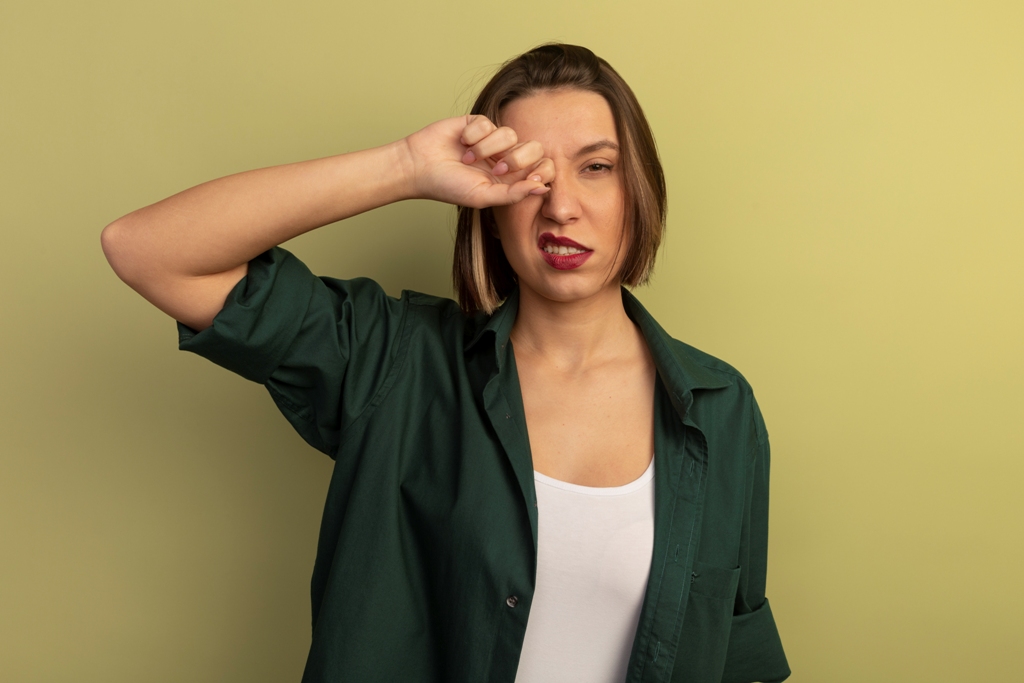
Eye irritation is not a major cause for concern. However, it’s a very uncomfortable and common complaint that affects people of all ages. Scratchy eyes can disrupt your daily life, whether it’s a fleeting itch or a persistent discomfort. The reasons behind itchy eyes vary widely—some are trivial, while others could signal something more concerning. […]
Read More… from Common Causes For Itchy Eyes and How To Treat Them
Protecting Your Vision During the Solar Eclipse: Understanding Solar Retinopathy
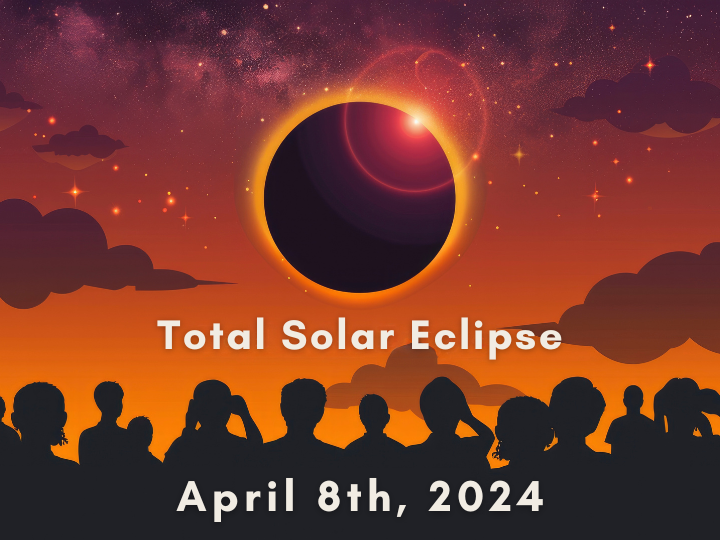
With the excitement surrounding the upcoming solar eclipse, it’s essential to prioritize eye safety to prevent potential vision damage. Dr. Tanuj Banker, Retina Specialist at Center For Sight, sheds some light on a crucial concern related to eclipses: solar retinopathy. Solar retinopathy occurs when the sun’s harmful ultraviolet (UV) radiation damages the retina—a delicate tissue […]
Read More… from Protecting Your Vision During the Solar Eclipse: Understanding Solar Retinopathy
Center For Sight Implants New FDA-Approved iDose®TR Device

SARASOTA, Fla. (MARCH 26, 2024) – Center For Sight, A US Eye Company, one of the nation’s leading ophthalmology practices, has performed the first iDoseTR implant surgery in the state of Florida since the device was approved by the Food and Drug Administration in December, 2023. The iDoseTR implant, manufactured by Glaukos Corporation, is a […]
Read More… from Center For Sight Implants New FDA-Approved iDose®TR Device
Check Us Out On Social.


We are a proud partner of US Eye, a leading group of patient-centric, vertically integrated multi-specialty physician practices providing patients with care in ophthalmology, optometry, dermatology, audiology and cosmetic facial surgery.




